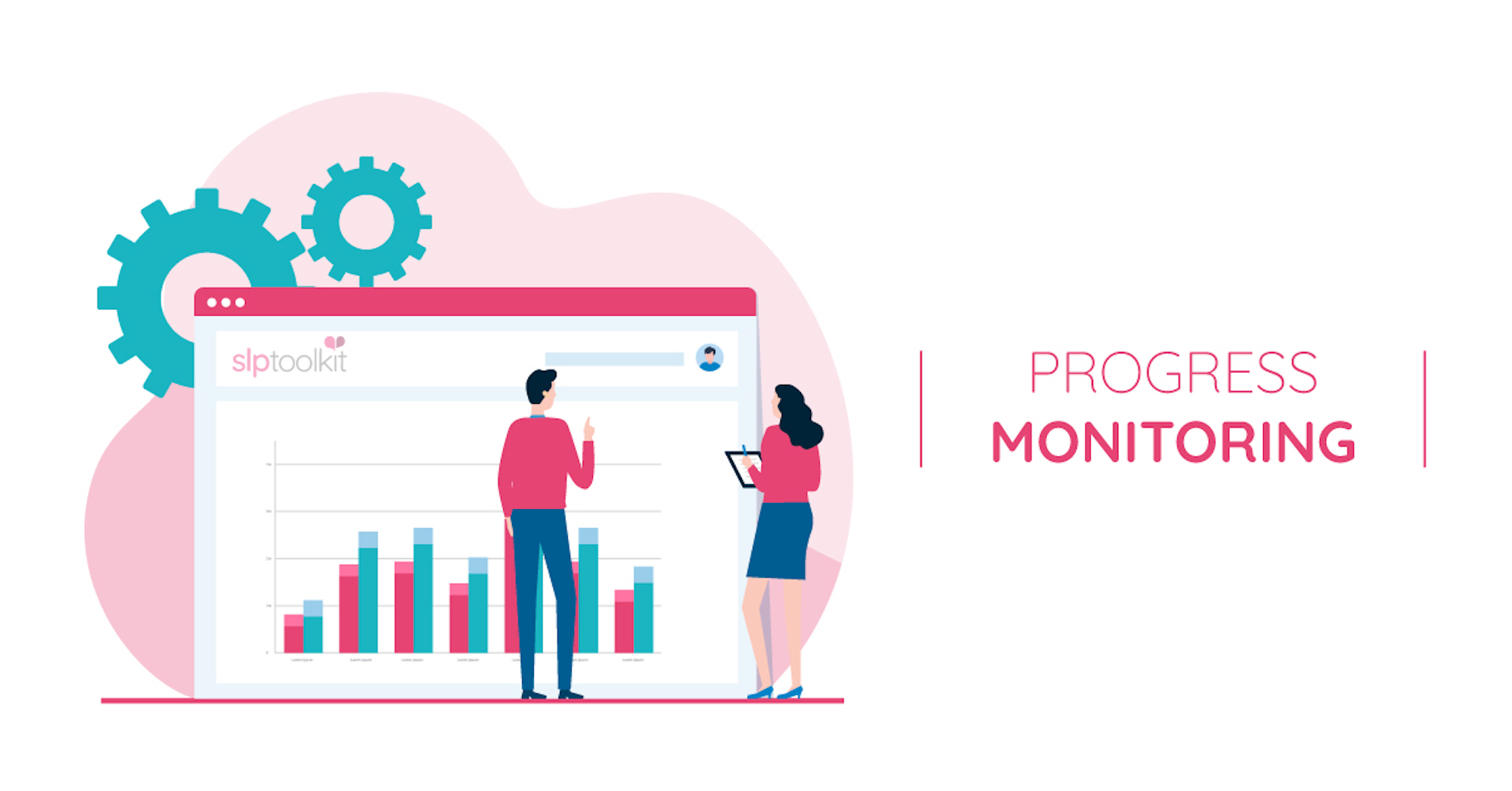
Didn’t school just start? 🤔
October 4, 2022
It’s that time of the year! Progress report season! It feels like you’ve just started seeing students yet here we are. Although progress monitoring is probably not your favorite part of being a therapist, having a system to tackle them will help you go from dread to done.
So why are progress reports so painful?
The data that we typically use to complete our progress reports comes from our session data - all the little pluses and minuses you take during therapy. Trying to calculate all of the data and analyze it over multiple sessions for a giant caseload is VERY time consuming.
And what’s worse than combing through a ton of data? Having insufficient data! I’m sure I’m not the only one who has gotten to the end of the grading period and realized I don’t have enough (or any) data on a particular goal. This led to panic, scramble, smart guesses, or crying in my car…
So how can we make progress reports less painful?
Progress monitor like a teacher! When a teacher wants to determine how a student is learning the material in class, they use a test. Although they collect additional information about performance through other means, the test score is often one of the best indicators of whether or not the student has acquired the information.
As SLPs, we must collect session data. This is what guides our therapy and helps us make appropriate treatment decisions. But for the purposes of reporting progress on a progress report, using a criterion-referenced test (CRT) or rubric is an awesome way to gather consistent data quickly and effectively. These tools will dramatically reduce the amount of time it takes you to write a progress report.
How do I use these tools?
Ideally, you can start testing the students 1-2 weeks prior to when progress reports are due. Use their regularly scheduled time and test each student individually while the other students work on an activity. The best part: you can have SLP Toolkit open in one tab, and your IEP software open in another, so before the group leaves the session you can enter in scores on their progress reports.
Using progress monitoring tools like criterion-referenced tests and rubrics is not only more efficient but also more consistent. Feel confident in knowing you are sharing accurate information to report progress, not just making ‘smart guesses.’
